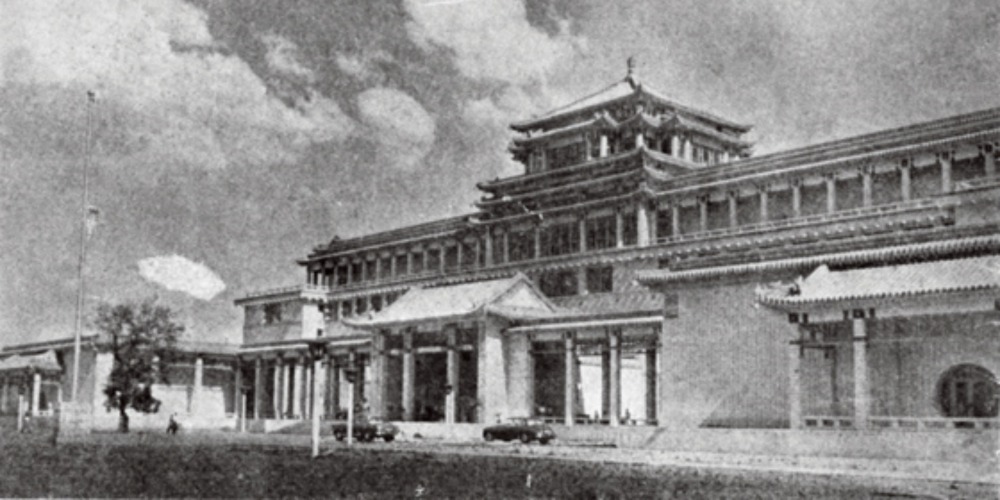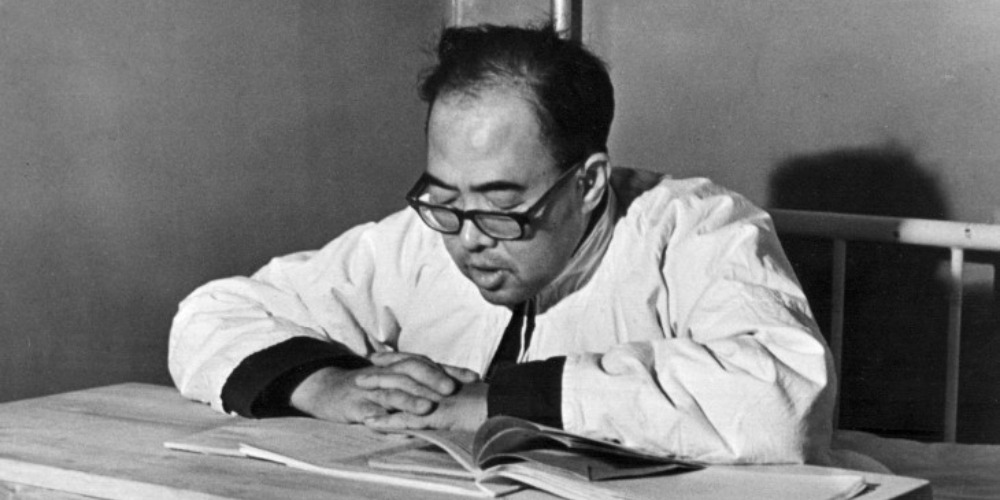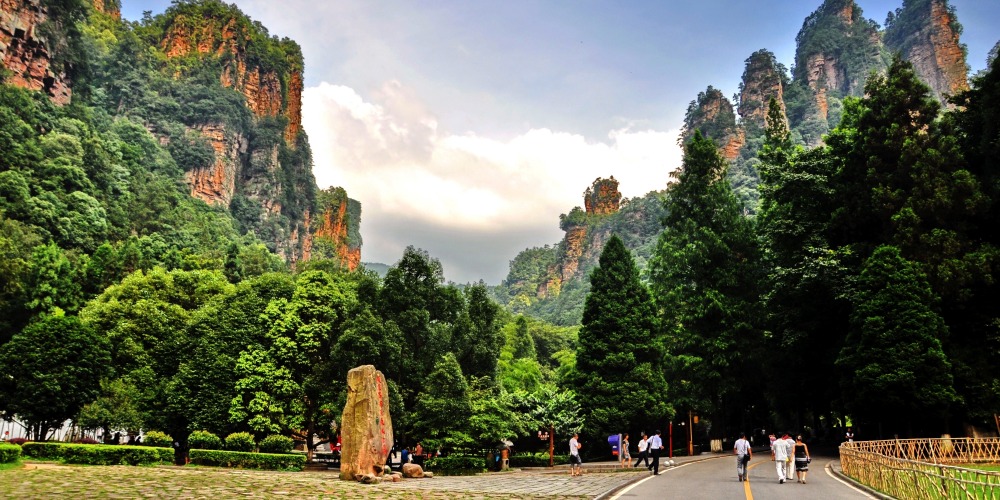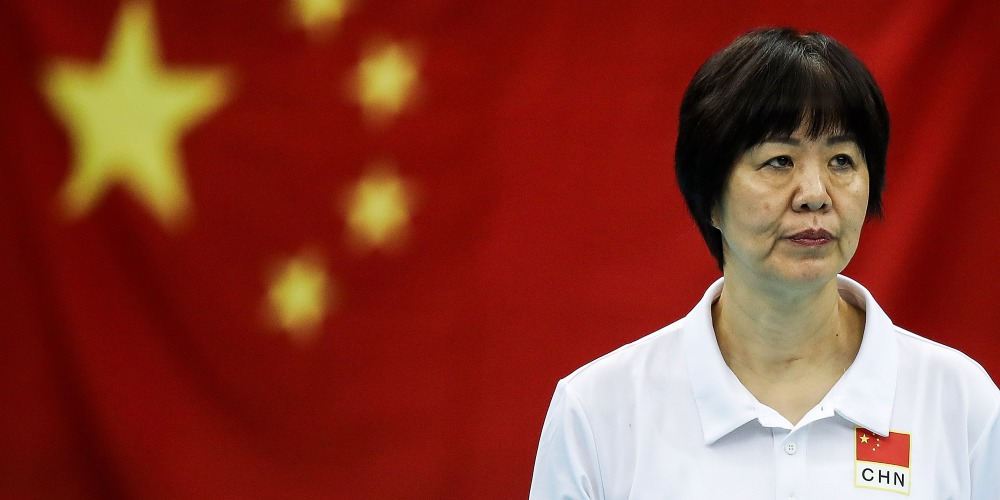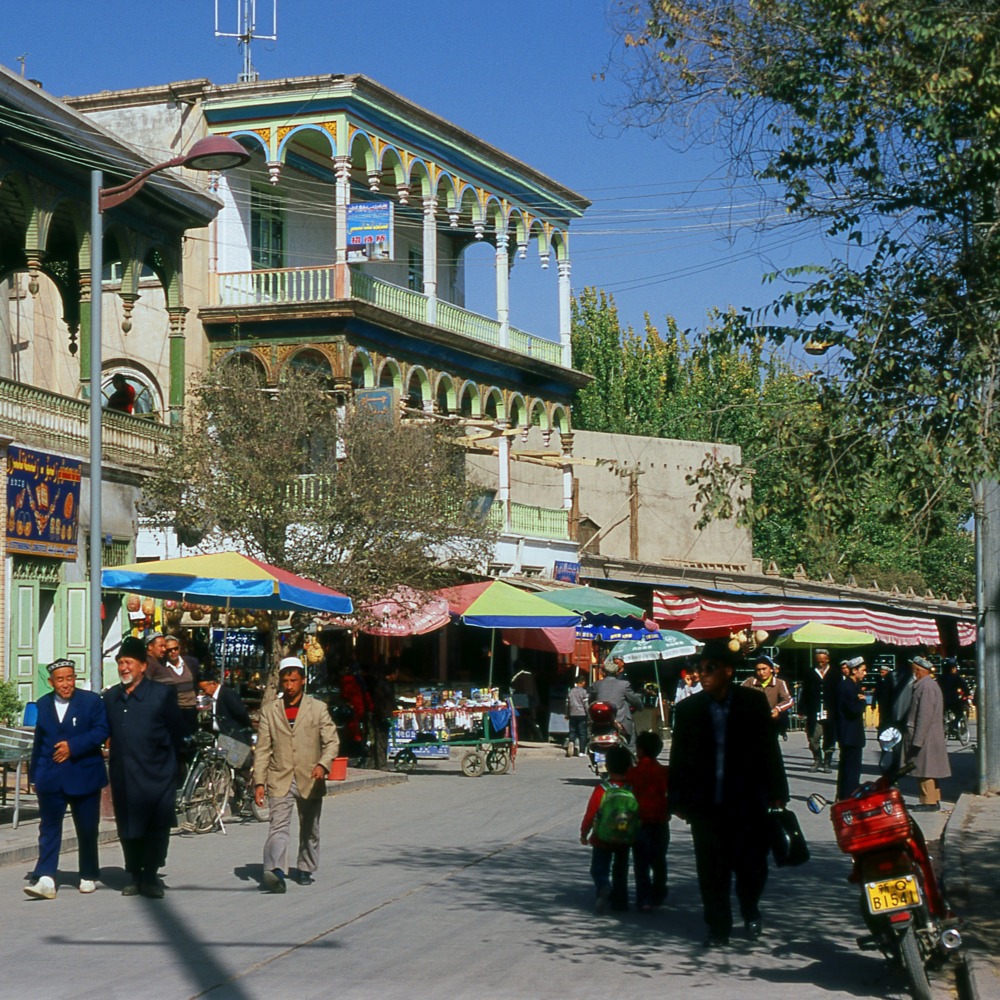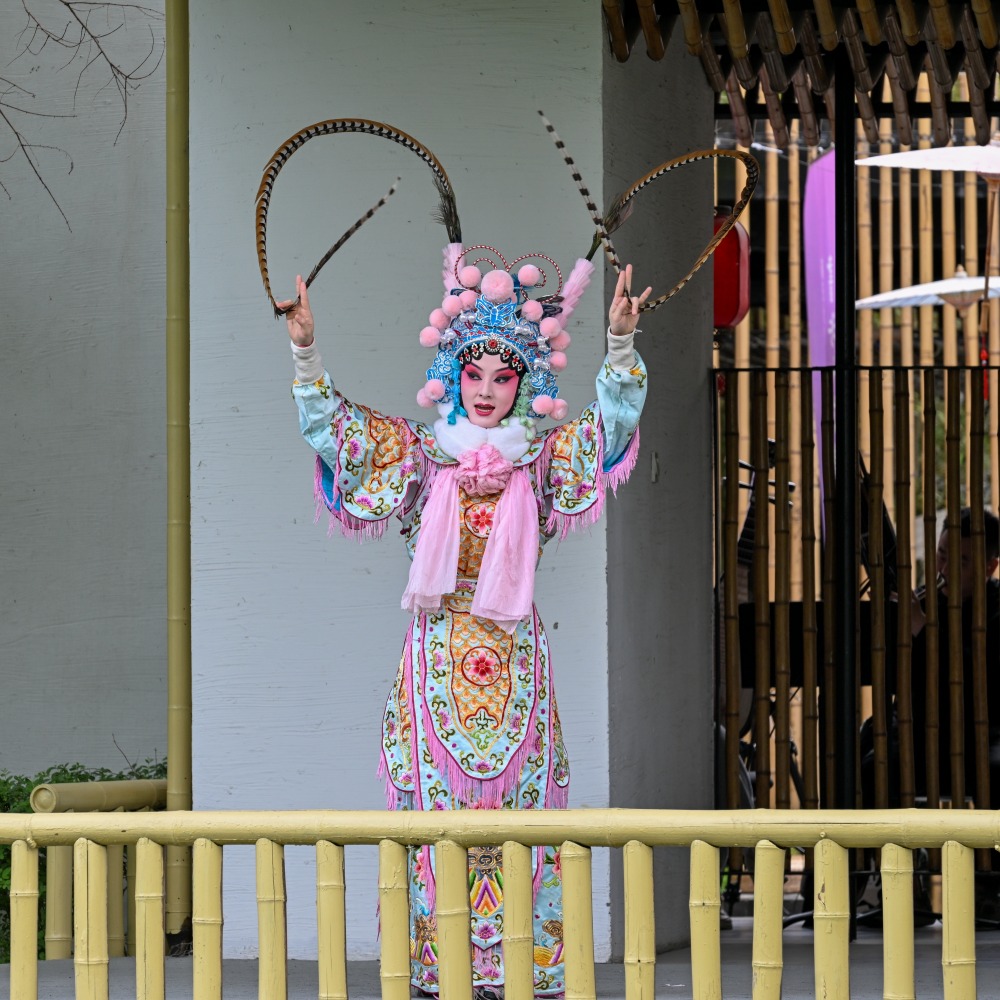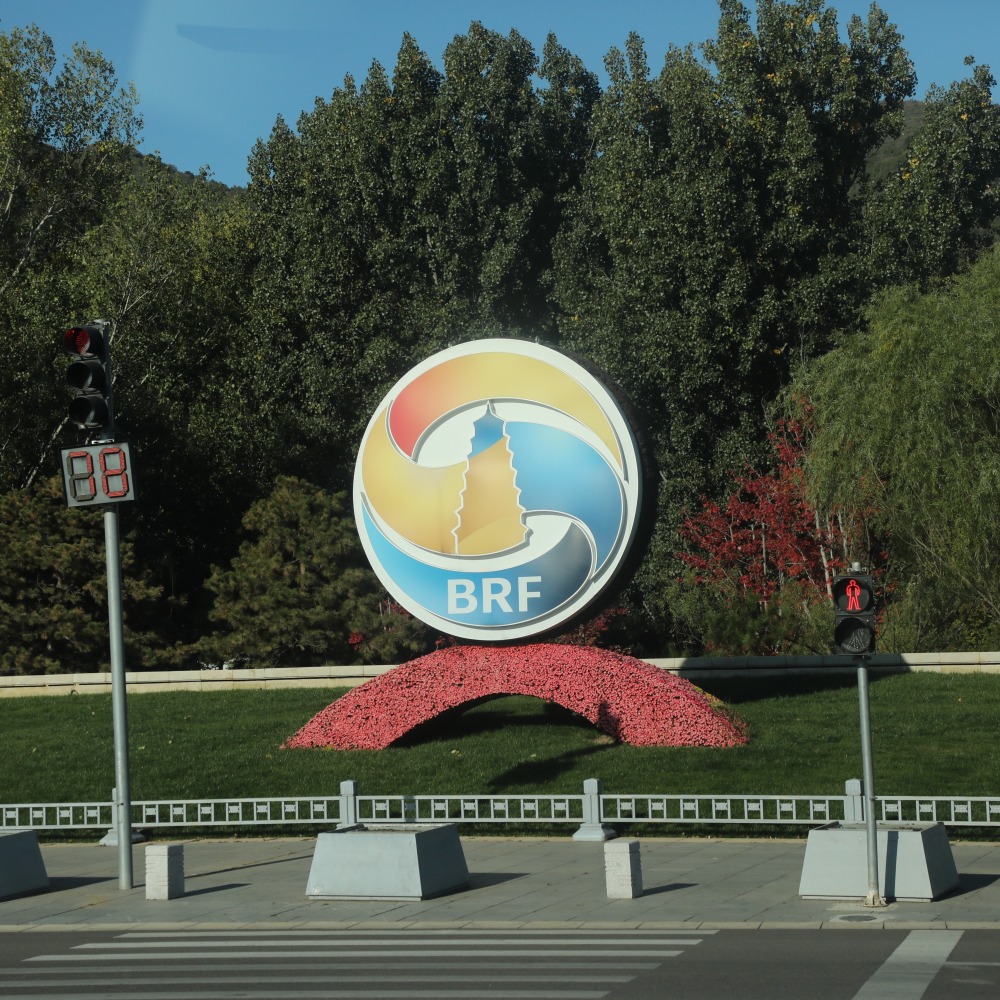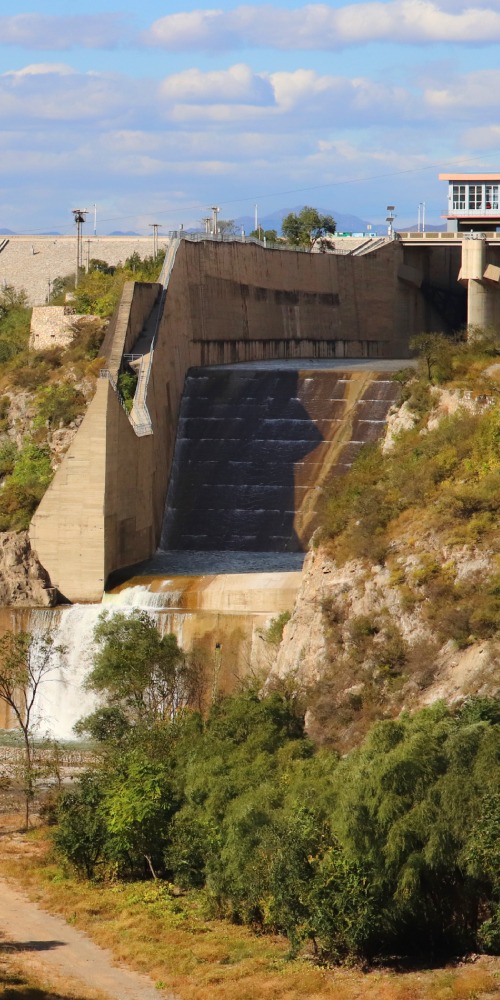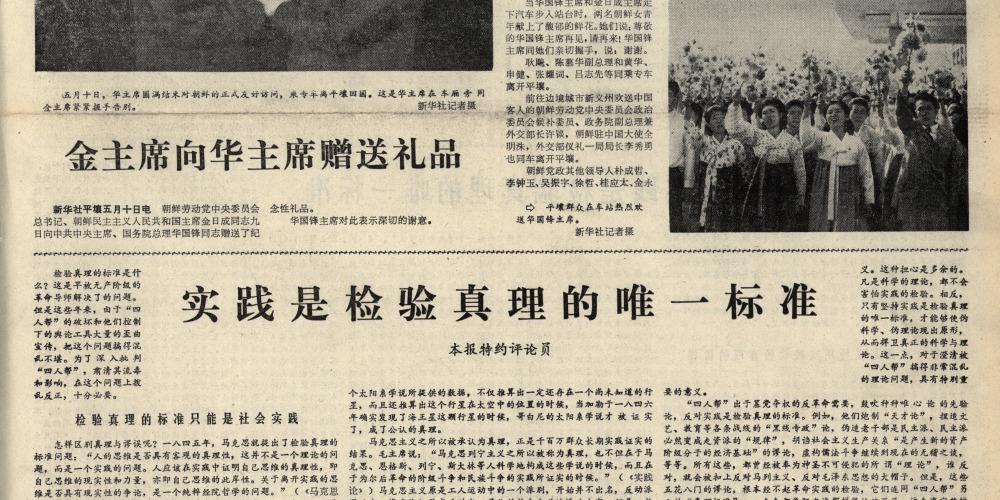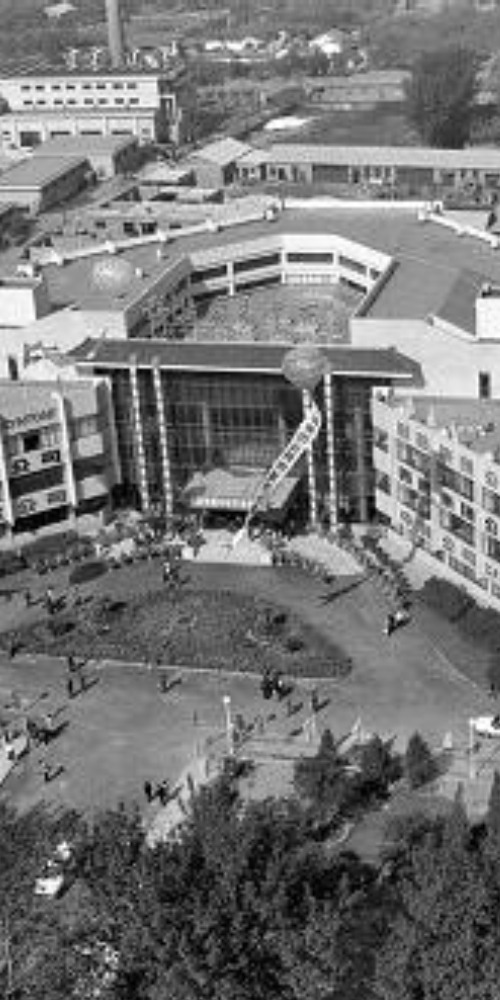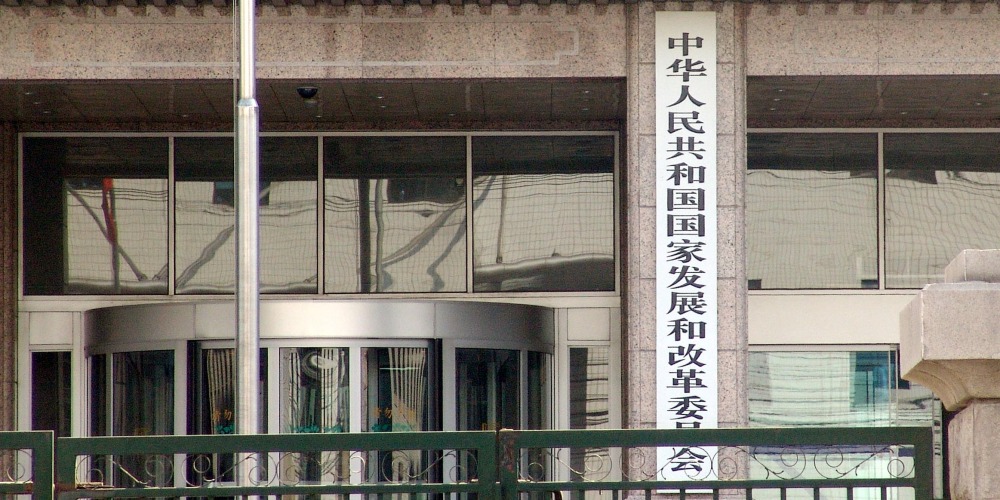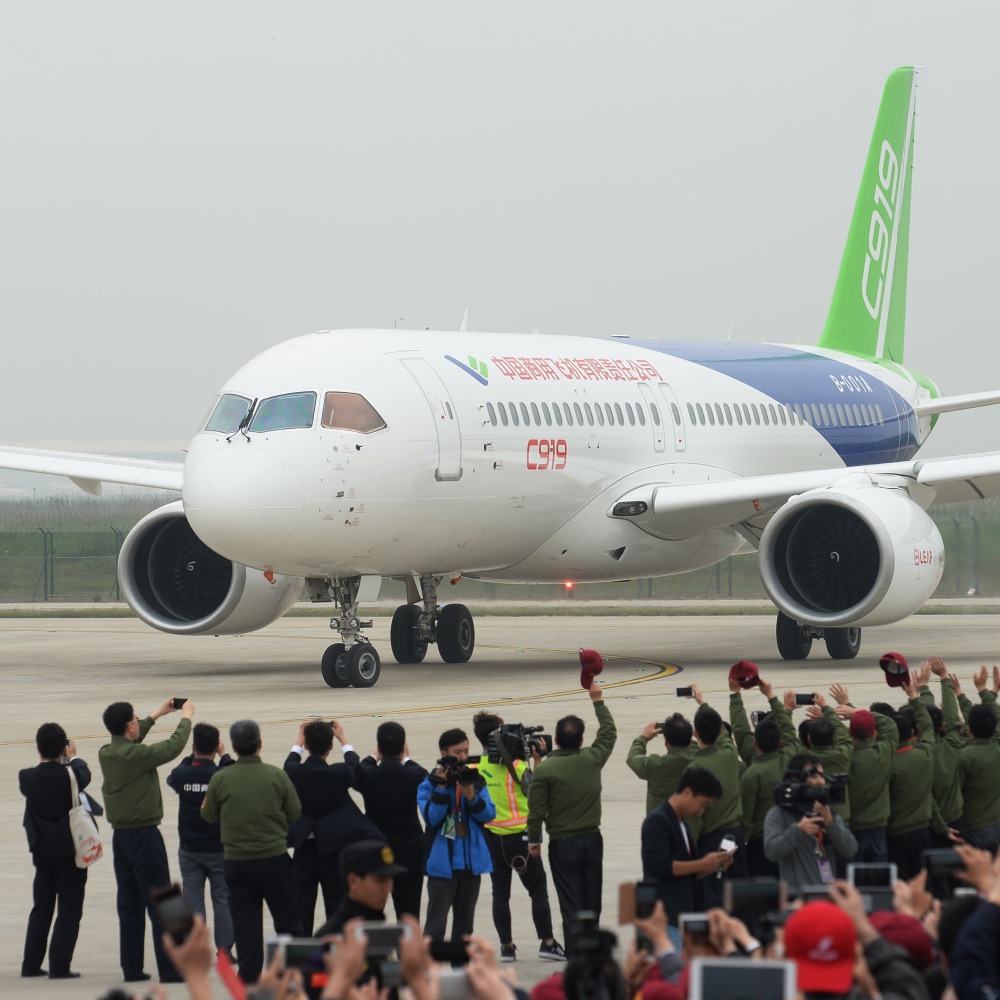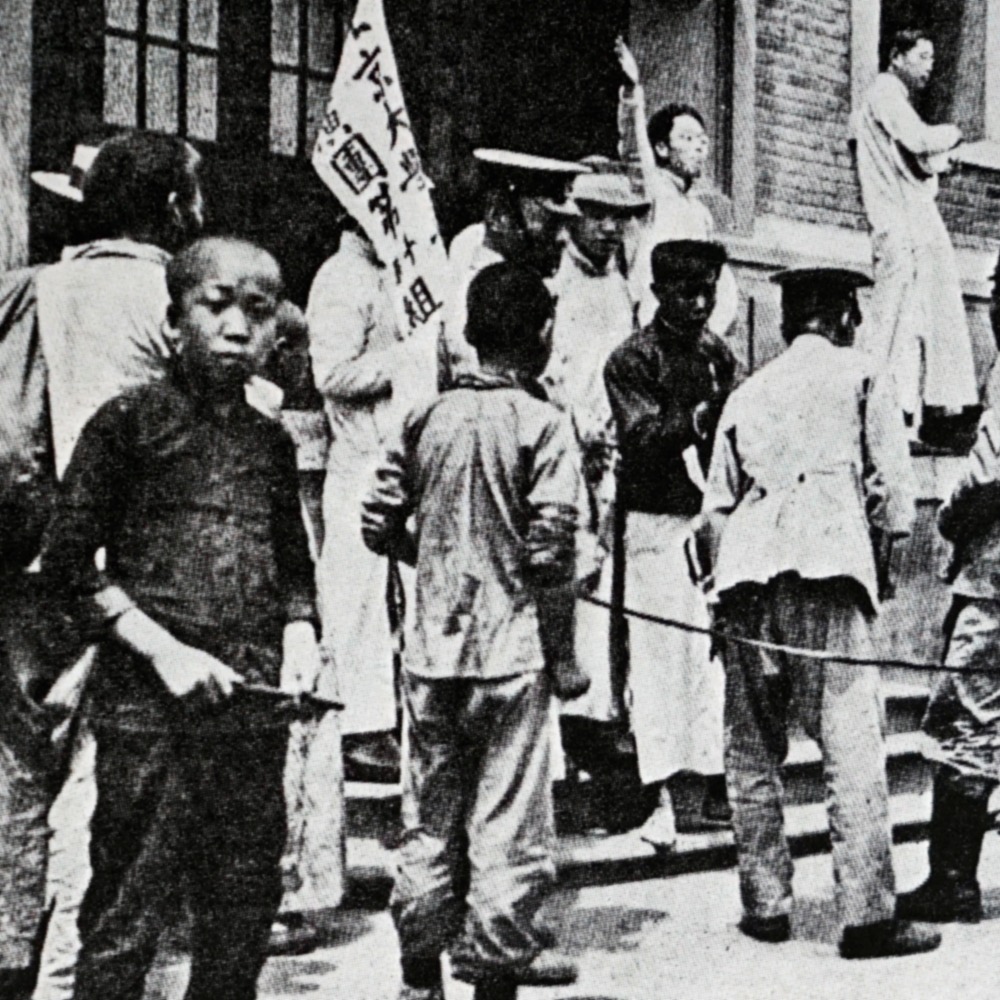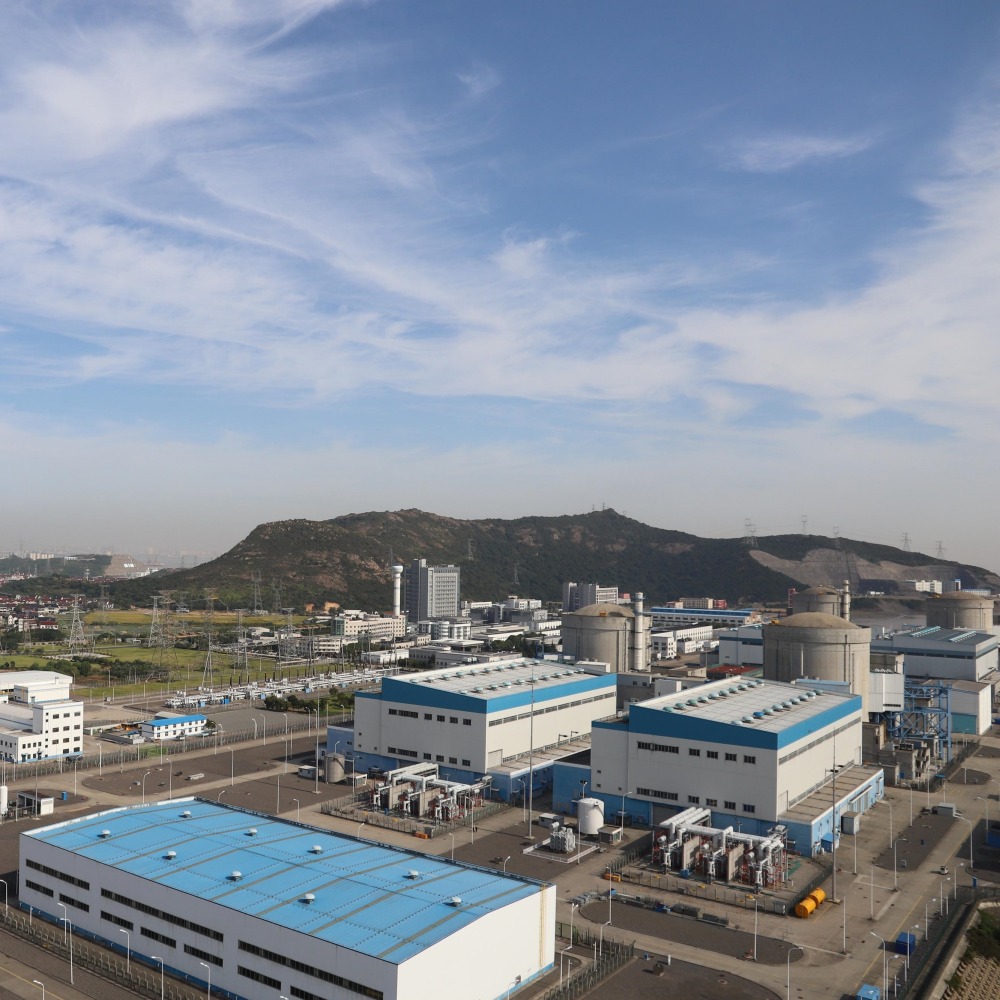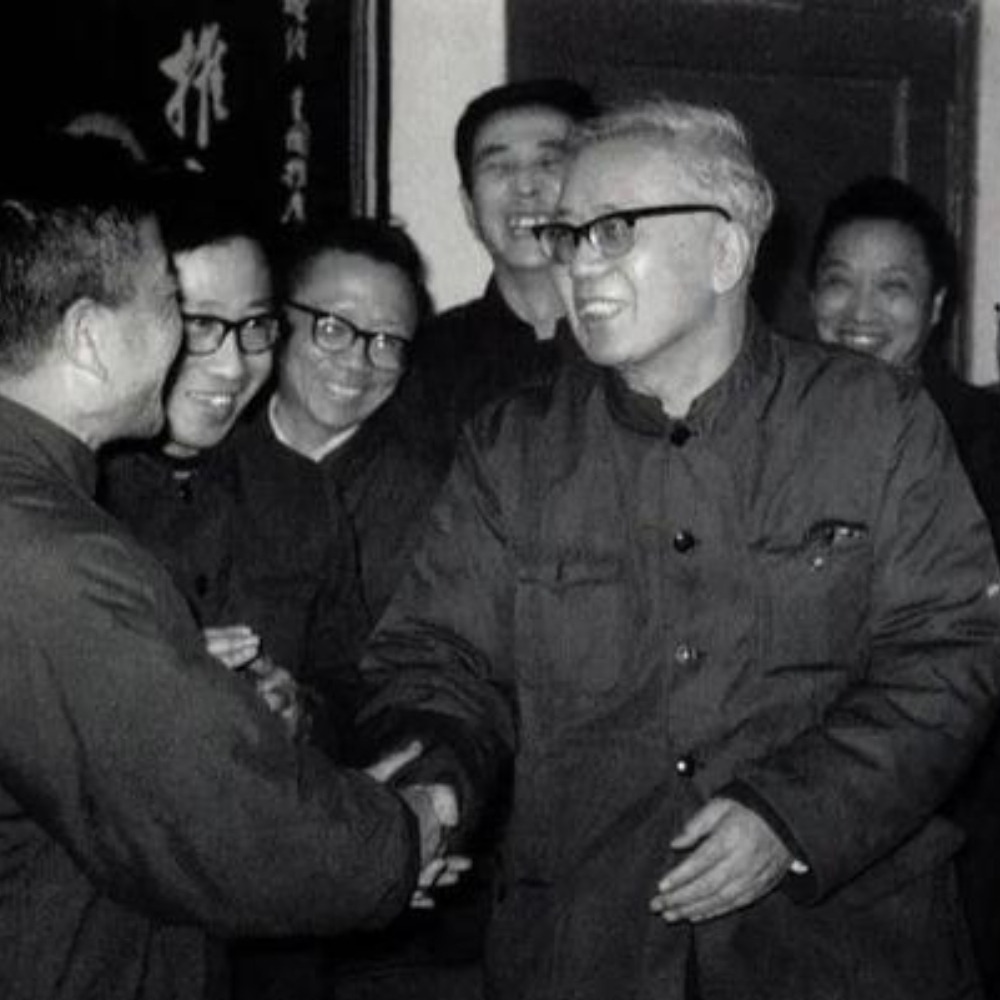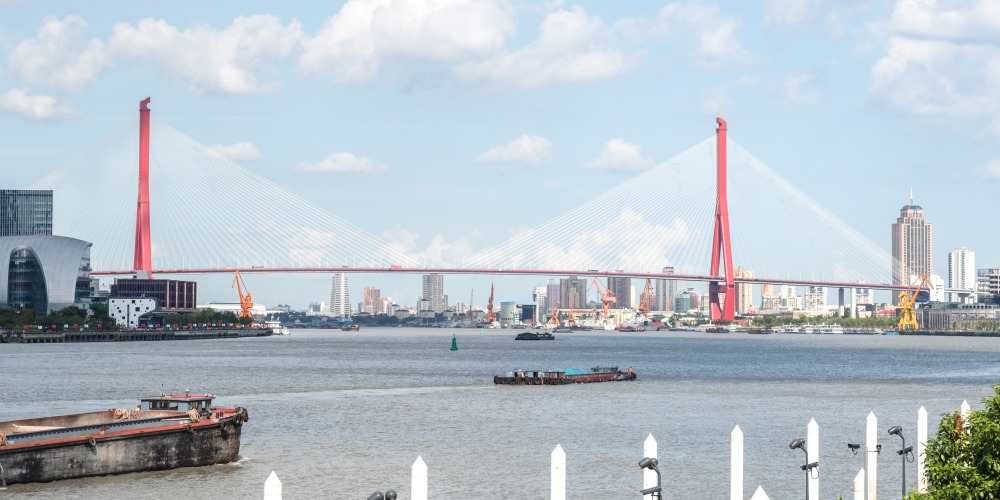Published : 2025-02-14
On February 14, 1963, the National Art Museum of China (NAMOC) was completed.
The National Art Museum of China in Beijing is the only national-level modern art museum in China. Its construction began in 1958, and it is also a national cultural landmark building following the founding of People's Republic of China (PRC).
Simultaneously, it is one of the top 10 buildings in Beijing that were planned during the 10th anniversary of the founding of PRC, designed by architect Dai Nianci (戴念慈), with the name inscribed by Mao Zedong.
The main building of the National Art Museum of China is modelled after ancient attic styles, with large yellow glazed tile roofs. The east, south, and west sides are connected by corridors and pavilions, featuring a distinct national architectural style.
The main building area of the museum is more than 18,000 square metres. From the 1st to the 6th floor, there are a total of 21 exhibition halls, with a total exhibition area of 6,660 square metres. Surrounding the building is a 3,000 square metres sculpture garden.
In addition, in 1995, a modernised collection storage was newly constructed, covering an area of 4,100 square metres.
The National Art Museum of China currently houses more than 130,000 various art pieces, including representative works of Chinese art masters from ancient to contemporary times, forming a sequence of the development of Chinese art.
It also includes foreign art pieces, as well as rich folk art works.
